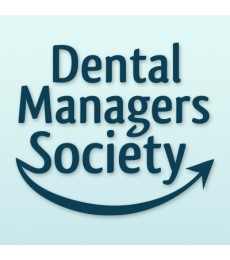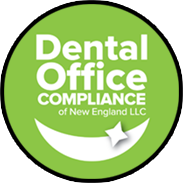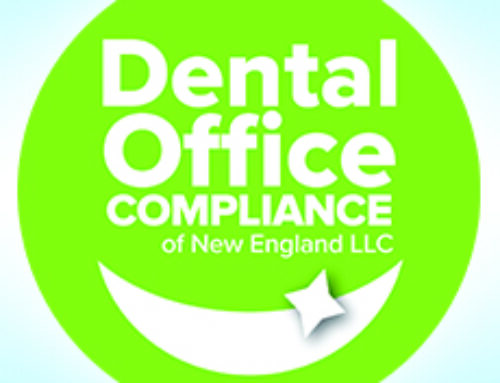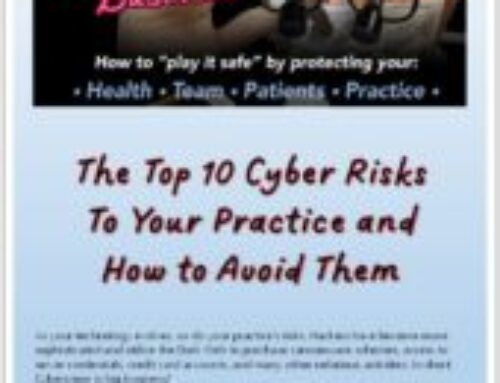Remember the 1980’s song “The Safety Dance?”
“We can dance, we can dance
Everybody’s taking the chance
The safety dance”
Well, if your dental office holds monthly safety meetings, you and your staff will be dancing rather than trembling at the thought of an OSHA visit because your office will be so safe and you’ll be so well prepared.
OSHA expects dental offices to protect their staff from occupational hazards and monthly safety meetings are a great way to keep employees educated about key risks in the office and how to mitigate them. The following are some recommended topics to cover at such meetings:
- OSHA Bloodborne Pathogens and Hazard Communications Standards. The Infection Control Coordinator in your office should describe his/her role as well as employees’ responsibilities under your office’s Exposure Control Plan. This living document, or “ECP” as it sometimes is called:
- Identifies categories of bloodborne pathogens and other infectious materials in the office;
- Describes ways the office mitigates the risks of these exposures (e.g., safety devices to prevent needlesticks and other sharps injuries, decontamination of work surfaces and equipment, when and how to use PPE, etc.); and
- Describes what to do when there are signs or symptoms of an exposure (e.g., medical evaluation, quarantine. etc.).
At the same meeting, consider (i) reviewing and signing your office’s Use of PPE policy, (ii) jointly performing a Hazard Assessment for PPE, so that employees fully understand which hazards may be present and when and where they should wear PPE, and (iii) discussing where employees can go to find the Safety Data Sheets (“SDS”) on the hazardous chemicals in your office.
- Radiation Safety. Just as bloodborne pathogens and infectious materials can create risks for employees, so can exposure to radiation. A review of the office’s radiation safety protocols, for both employees and patients, would go a long way toward making the workplace safer for everyone.
- Medical Emergencies. Another good topic to cover is medical emergencies, i.e., which ones are more likely to occur in the office, how to respond to them (e.g., do all employees know where the AED is located and how to use it? Same question regarding epipens), and what’s included in the office’s emergency kit.
- HIPAA and State Privacy Laws. Your HIPAA Privacy and/or Security Officer should remind the staff about the office’s site-specific HIPAA and security policies (the “WISP,” if the office is in Massachusetts) regarding proper and improper workstation usage, password security, encryption (and what’s not encrypted, such as emails to a patient’s personal account), maintenance and destruction of documents and data containing protected health information of patients, and what to do in the case of breaches. Given the increasing risk of cyberattacks, it also would be prudent to make sure employees understand what’s a “phishing” email, how to identify it, and the risks of opening hyperlinks in such emails.
These are just a few suggestions for topics. As for how and when to hold meetings on these topics, consider both the time of day (e.g., mornings or lunch may be better, as employees tend to tire by the end of the day) and manner of delivery (e.g., bite-sized chunks of information, spread out over several meetings, rather than trying to cover everything at once) so that employees will absorb the information presented and be engaged in the discussion. Sometimes less is more.
Most importantly, for each such safety meeting, document who was present and what was discussed. In the world of compliance, it doesn’t exist if it’s not in writing.
By Russell Kane
Dental Office Compliance of New England LLC
850 Washington Street, Suite 102
Dedham, MA 02026
mailto:Lisa@doc4ne.com
doc4ne.com
781.471.0915





